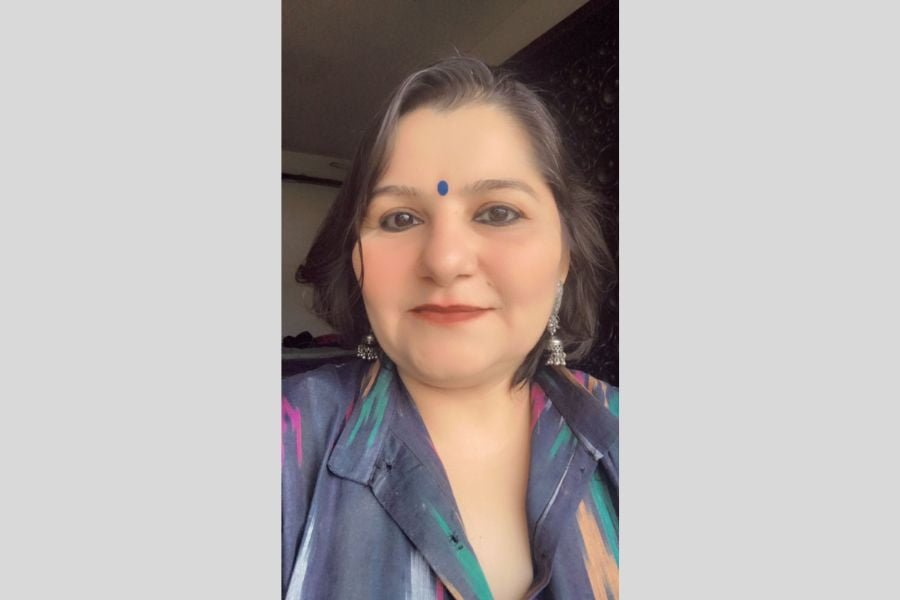
New Delhi (India), July 25: In today’s rapidly evolving world, the interplay between art and literature continues to be a driving force in shaping culture, creativity, and communication. This dynamic relationship has transcended traditional boundaries, empowering artists and writers to explore new avenues of expression and connect with diverse audiences. In this article, we delve into the significance of this relationship in the modern era, examining the ways in which art and literature influence and complement each other while uncovering the impact of this synergy on society as a whole.
In the digital age, the boundaries between art and literature have become increasingly blurred. Visual storytelling, graphic novels, and multimedia installations are examples of how artists and writers collaborate to create immersive experiences that transcend the limitations of individual mediums. This fusion allows for a more profound exploration of ideas and emotions, inviting audiences to engage with narratives in innovative and thought-provoking ways.
Art has long served as a wellspring of inspiration for writers across generations. Paintings, sculptures, and photographs evoke powerful emotions, sparking ideas that find their way into literary masterpieces. The vivid imagery of art helps writers to paint scenes with words, evoking sensory experiences that resonate deeply with readers. Additionally, the reinterpretation of classic artworks in literature provides a fresh perspective, breathing new life into timeless pieces.
Literature Depicted Through Visual Art
Artists, too, have embraced literature as a rich source of inspiration. Classic novels, contemporary poetry, and even philosophical treatises have been reimagined through various art forms, such as paintings, illustrations, and sculptures. These artistic reinterpretations offer viewers a glimpse into the narratives and themes of literary works, often enhancing their appreciation for both art and literature.
Both art and literature have historically served as mediums for social commentary and cultural reflection. Artists and writers boldly address pertinent issues, from environmental concerns to social justice, through their creations. This shared endeavor to provoke thought and drive change empowers audiences to engage with important societal challenges actively.
The digital revolution has revolutionized the way art and literature are consumed and interacted with in contemporary society. Online platforms, social media, and e-books have opened up new channels for artists and writers to reach global audiences instantaneously. This widespread accessibility has facilitated collaborations between artists and writers from diverse backgrounds, encouraging the fusion of different artistic styles and literary genres.
The symbiotic relationship between art and literature has found its way into educational institutions. Integrated curricula now encourage students to explore the connections between visual and written narratives, fostering critical thinking and creativity. Art and literature have become essential tools for educators to nurture well-rounded individuals capable of understanding complex ideas and expressing themselves effectively.
In conclusion, the relationship between art and literature continues to be a powerful force in shaping culture and communication in today’s world. The fusion of these mediums provides artists and writers with new opportunities for creative expression while inspiring one another to explore uncharted territories of storytelling. As we move forward in the digital age, the seamless integration of art and literature will undoubtedly play an increasingly pivotal role in shaping the cultural landscape and sparking meaningful conversations that resonate with audiences worldwide.
If you have any objection to this press release content, kindly contact pr.error.rectification[at]gmail.com to notify us. We will respond and rectify the situation in the next 24 hours.


